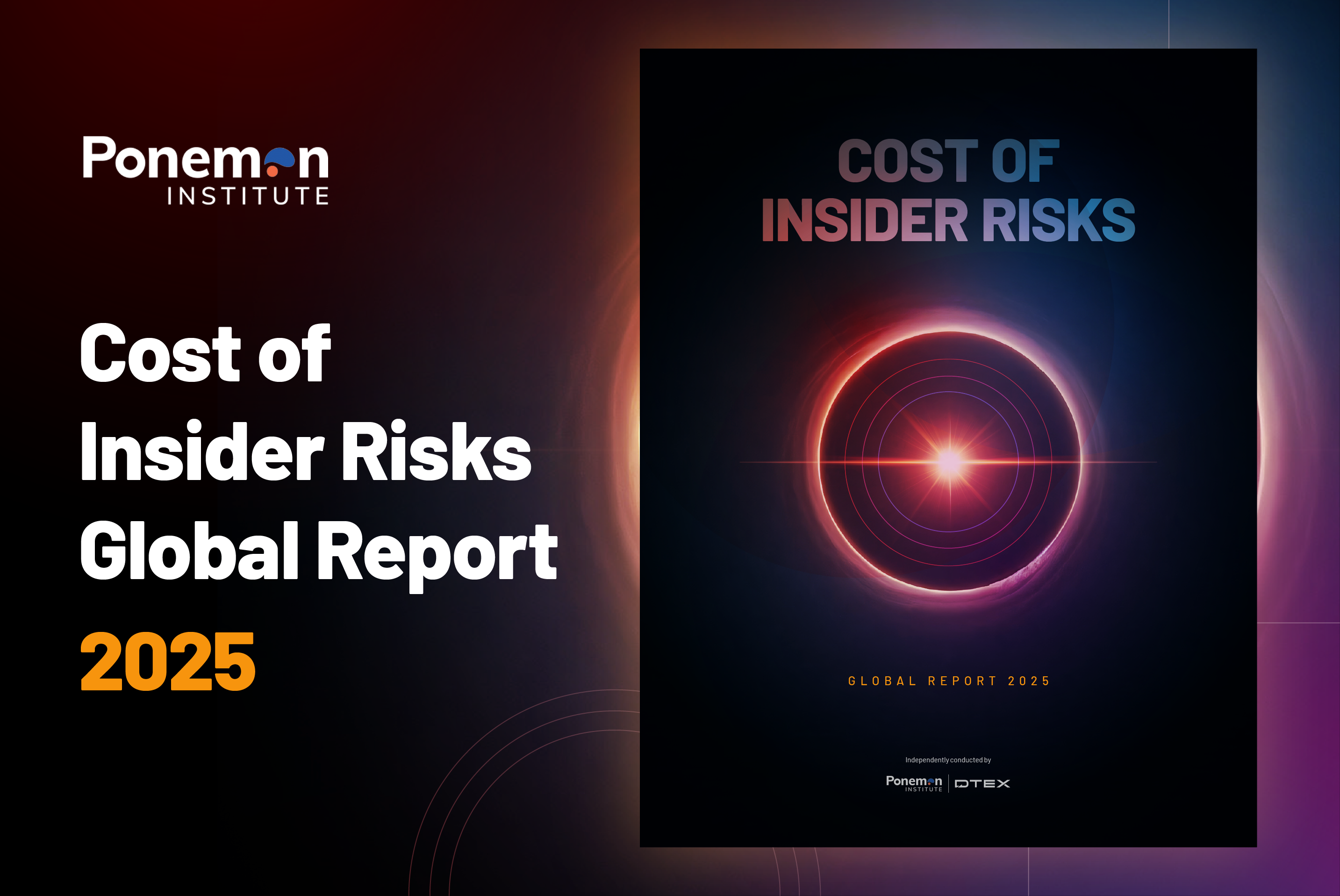For years, cybersecurity conversations at the executive level have focused outward in—on firewalls, zero-days, and perimeter defenses. Even Zero Trust has focused on implementing multiple technical layers without focusing on the human element of business risk. Focusing on the human element, or the threat from within, rounds out a comprehensive business and security risk strategy.
Widespread coverage of the DPRK (North Korea) IT worker problem has seen a shift in perception of insider threats. Once seen as edge cases, insider threats have become a national security issue, a boardroom priority, and a business continuity imperative.
Today, more leaders are asking the difficult questions:
Do I really know who’s inside my network?
Can I trust every employee, contractor, or remote worker who has access to sensitive systems and IP?
Are my remote workers who they say they are?
What is the risk level and intent from every employee, contractor, and remote worker at all times?
These are no longer idle questions. They’re existential ones.
The Insider Threat is No Longer an Edge Case
The global shift to remote work, the emergence of the overemployment community, and the rise in reported cases of individuals secretly holding multiple jobs—or outsourcing their responsibilities entirely—have created a new kind of visibility gap. Layer on top the growing risk of DPRK IT operatives covertly embedded in companies across the Fortune 500 and the rise of Artificial Intelligence (AI) and we’re facing a dangerous cocktail: unknown actors, with trusted access, answering to unpredictable and hostile regimes.
Our report, Exposing DPRK’s Cyber Syndicate and Hidden IT Workforce, makes this chillingly clear.
DPRK operatives aren’t driven by ideology—they’re driven by survival, and the whims of a regime that can change direction overnight. They blur the line between employee and adversary. And increasingly, they aren’t just stealing data—they’re stealing knowledge. Trade secrets. Scientific processes. The thinking behind the IP.
This evolution requires us to change how we think about insider risk. It’s not just about files exfiltrated—it’s about knowledge transfer. And if you’ve watched the success of China’s Thousand Talents Program, you can bet that other adversarial states, including the DPRK, are copying the playbook.
A New Security Paradigm Is Emerging
Insider risk is no longer a CISO-only issue. It’s a C-suite and Board-level conversation because the consequences are no longer just security incidents—they’re lawsuits, operational sabotage, lost IP, reputational collapse, and geopolitical exposure.
That’s why DTEX is bringing insider risk to the national stage.
We’ve built our company around a simple belief: if you want to stop insider threats, you must understand the humans behind them. That’s why we go beyond logs, alerts, and correlation rules. We’re pioneering behavioral science models in collaboration with MITRE to look at not just what someone did on a computer, but why, and what are they likely to do next. What were they thinking? What stressors were at play? What early indicators could have predicted their next move?
It’s why we’ve built the industry’s most advanced insider risk solutions—and why we continue to invest in AI not just to detect anomalies, but to map intent.
A Mission Worth Joining
Our mission is to protect the world’s most critical organizations—those that power national infrastructure, economic stability, and global trust. That’s why leaders like Kevin Mandia, the Honorable Sue Gordon, and Rear Admiral (Ret.) Mike Studeman have joined DTEX as advisors. They recognize the stakes. And they’re helping us bring a defense and intelligence lens to a threat that touches every sector.
Kevin’s experience—from founding Mandiant to advising governments and leading incident response for the most consequential breaches in history—is invaluable. His addition signals a new chapter for DTEX. One where insider risk is treated not just as a technical problem, but as a matter of national security.
What’s Next
At DTEX, we are fully focused on executing our mission to safeguard organizations from insider risk. Our cutting-edge technology is at the core of this mission, enabling organizations to detect, understand, and mitigate insider threats in real-time. But our commitment extends far beyond technology. We are fostering collaboration across industries to create a united defense against insider threats.
Through our sponsorship of intelligence-sharing initiatives like FIRPA and our partnerships with centers of excellence, we ensure that the knowledge we gain becomes accessible to all. We continually update our Insider Threat Advisories with the latest intelligence and behavioral insights, and we host regular workshops with vetted practitioners to provide actionable, real-world solutions that organizations can apply immediately.
We publish in-depth blogs exploring the most pressing challenges in the space, from nation-state infiltration to the ethical complexities of workforce monitoring. Our podcast, Conversations from the Inside, hosted by national security veteran Christopher Burgess, fosters ongoing dialogue on Spotify and keeps the industry informed.
For those navigating sensitive or emerging risks, we offer confidential Threat Briefings to help contextualize threats and refine insider risk strategies.
Insider threats transcend sector boundaries, and the only way to tackle them effectively is through transparency, collaboration, and a shared mission. That’s the vision driving everything we do at DTEX.
DTEX’s “Exposing DPRK’s Cyber Syndicate and Hidden IT Workforce Report” is readily available. Read it now to arm yourself with critical intelligence for understanding the threat and staying protected.
Subscribe today to stay informed and get regular updates from DTEX Systems






